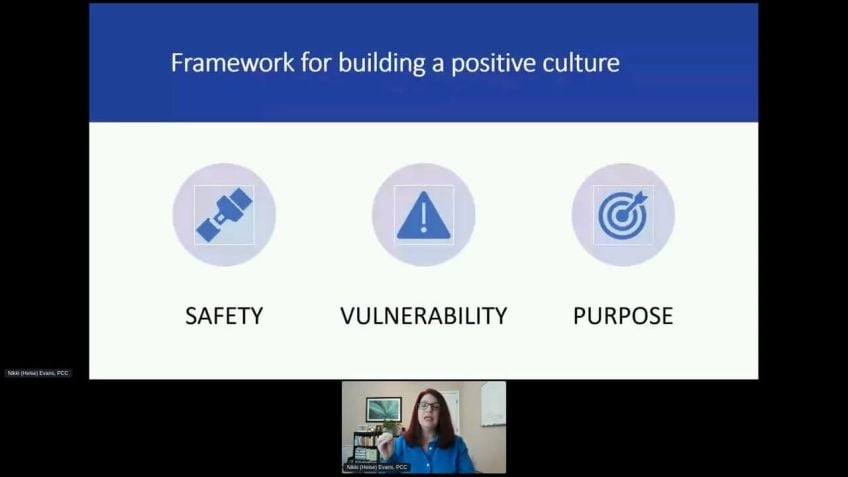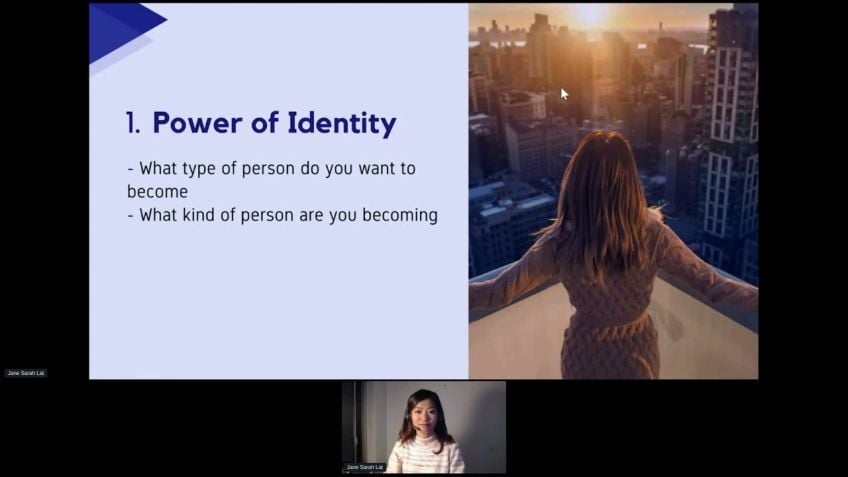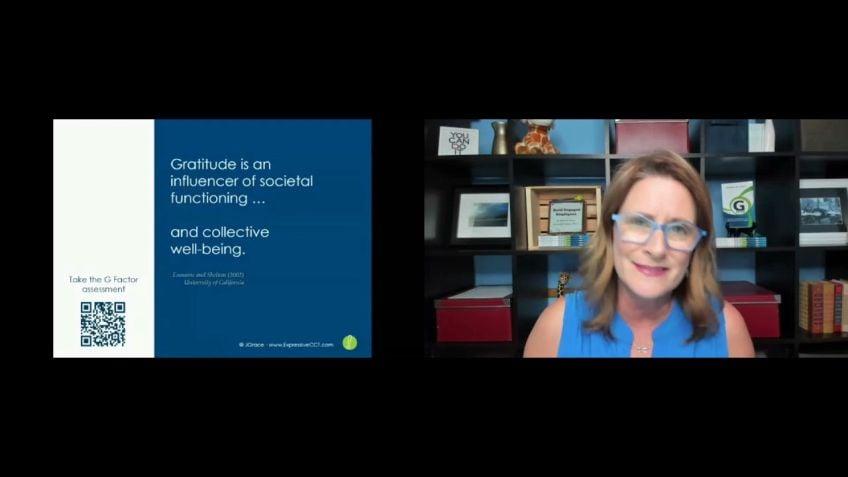
Thanksgiving isn't just a holiday; it's a reminder to embrace gratitude as a way of life. Beyond the turkey feasts and family gatherings, the essence of Thanksgiving lies in the art of being grateful. It’s about recognizing the blessings in our lives and expressing gratitude not just on this day, but as a daily practice that can transform our mindset and outlook.
Gratitude isn't solely reserved for grand gestures or significant moments. It thrives in the everyday – it’s about acknowledging the beauty in the ordinary and finding reasons to be thankful, no matter how small they might seem to be.
When we adopt gratitude as a mindset, we shift our focus from what we lack to what we have. It's not about ignoring hardships or challenges; rather, it's about finding lessons and silver linings within them. Practicing gratitude doesn’t deny the existence of difficulties but offers a lens through which we can navigate them with a more positive outlook.
Research has shown that regularly expressing gratitude can lead to improved mental and emotional well-being. It rewires the brain to notice and appreciate the good, fostering a sense of fulfillment and contentment. Moreover, it can reduce stress, enhance empathy, and even positively affect your sleep. According to a 2011 study published in Applied Psychology: Health and Well-Being writing in a gratitude journal improves sleep. Spending just 15 minutes jotting down a few grateful sentiments before bed, and you may sleep better and longer.
Gratitude also improves physical health: Grateful people experience fewer aches and pains, and they report feeling healthier than other people, according to a 2012 study published in Personality and Individual Differences. Not surprisingly, grateful people are also more likely to take care of their health.
And last, but not least, researchers at the University of Pennsylvania showed that study participants who practiced gratitude were 50% more productive than those who did not.
So, how can we start cultivating a mindset of gratitude?
Start with simple daily practices. Keep a gratitude journal, jotting down three things you are grateful for each day. It could be a supportive friend, a delicious meal, or a moment of tranquility. Reflecting on these moments helps to anchor us in a state of appreciation.
Another powerful way to express gratitude is through acts of kindness. When we extend kindness to others, the ripple effect can be truly transformative.
Let's break it down with some examples:
1. Compliments:
Ever had someone compliment you out of the blue? It feels like a burst of sunshine on a cloudy day. Simple words like, "You always bring so much positivity to the team meetings," or "Your creativity inspires me," can light up someone's entire week. Acknowledging someone's efforts or strengths can go a long way in showing gratitude for who they are and what they do.
2. Helping Hand:
Whether it’s helping a colleague with a project, lending a hand to a neighbor with their groceries, or volunteering at a local shelter, acts of service speak volumes. Offering practical help not only eases someone else's load but also communicates gratitude through action. It's like saying, "Hey, I've got your back," without needing any words.
3. Thank-You Notes:
In today's digital age, a handwritten thank-you note holds a special place. Taking a moment to jot down heartfelt appreciation on paper and delivering it to someone, whether for a favor they did or for simply being a wonderful presence in your life, can create an emotional connection that lasts. It's a tangible reminder of gratitude that someone can hold onto.
These acts of kindness aren’t about making someone else's day; they’re about fostering a sense of connection and warmth within us. When we actively engage in spreading kindness and gratitude, we create a positive cycle that not only uplifts others but also enriches our own lives. It's like planting seeds of gratitude that bloom into a garden of joy for both the giver and the receiver.

Mindfulness techniques, such as meditation or deep breathing, can also ease gratitude. By being present in the moment, we become more attuned to the beauty surrounding us, fostering a deep sense of appreciation. You can try:
1. Mindful Breathing:
This is a simple yet profound practice. Taking a few moments each day to focus on your breath—feeling the air enter and leave your body—can ground you in the present. For instance, you might try the 4-7-8 breathing technique, inhaling for four counts, holding for seven, and exhaling for eight. This mindful breathing exercise not only calms the mind but also heightens awareness of the present moment, allowing you to appreciate the simple act of breathing.
2. Gratitude Meditation:
Set aside some quiet time, close your eyes, and reflect on the things you're grateful for. You might mentally list specific aspects of your life—your health, relationships, experiences, or even the smallest joys of your day. For instance, visualize moments that bring you joy, like the warmth of the sun on your face during a morning walk or the laughter of loved ones. Allow yourself to immerse in these feelings of gratitude.
3. Sensory Awareness:
Engage your senses deliberately. Take a moment to observe the world around you with focused attention. For example, while drinking your morning coffee, pay attention to the aroma, the warmth of the cup in your hands, and the taste of each sip. By homing in on your senses, you become fully present in the experience, opening yourself to appreciate the richness of the moment.
4. Nature Connection:
Spending time in nature can be a powerful mindfulness practice. Take a walk in a park, hike a trail, or simply sit in a garden. Notice the colors, sounds, and textures around you—the rustling leaves, the chirping birds, the feel of the earth beneath your feet. Connecting with nature often brings a profound sense of awe and gratitude for the world we live in.
These mindfulness practices create space for us to slow down, appreciate the present, and cultivate gratitude for the simple yet extraordinary moments that often pass unnoticed in the hustle and bustle of daily life. They are like lenses that bring the beauty of life into sharper focus, allowing us to savor and be thankful for each moment we experience.
Thanksgiving serves as an annual reminder, but the true essence lies in integrating gratitude into our daily lives. It is about recognizing the abundance in our lives, however subtle, and acknowledging the countless things we often take for granted.
Moreover, expressing gratitude doesn’t have to be solitary. Sharing gratitude with friends or family and creating a communal space to express thankfulness can amplify its impact. It fosters connections, strengthens relationships, and builds a community founded on appreciation.
As we navigate the ebbs and flows of life, let's carry the spirit of Thanksgiving beyond its designated day. Let's embrace gratitude as a guiding principle, a compass steering us toward a more fulfilling and enriching existence. By nurturing a mindset of thankfulness, we open ourselves to a world brimming with possibilities and joy, making every day a reason to be grateful.





